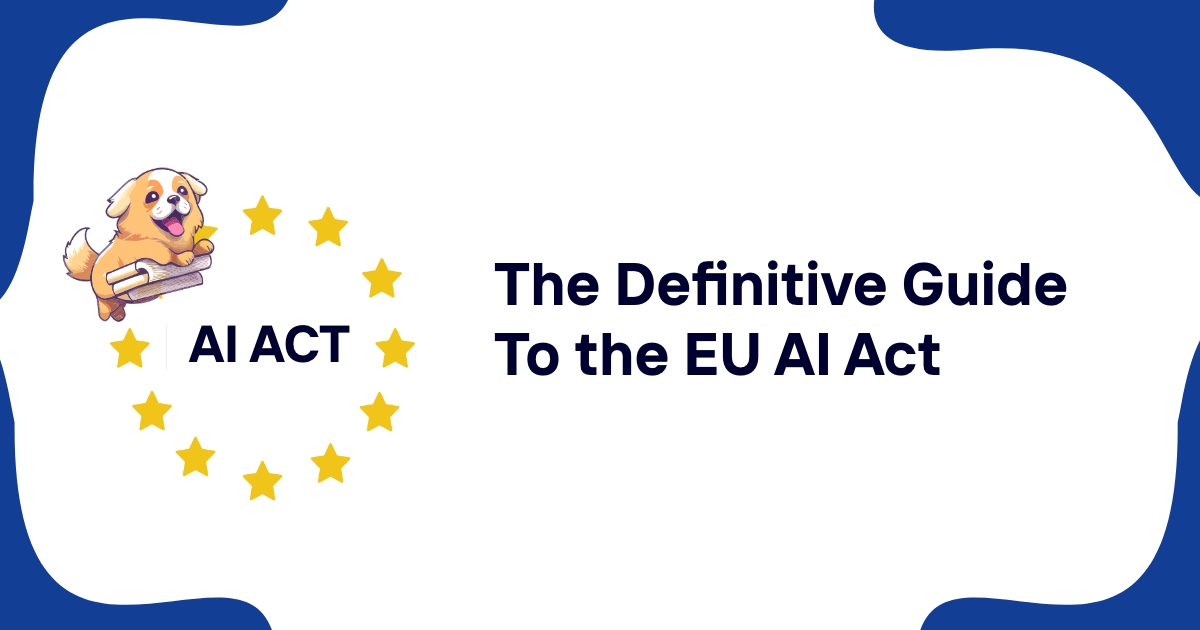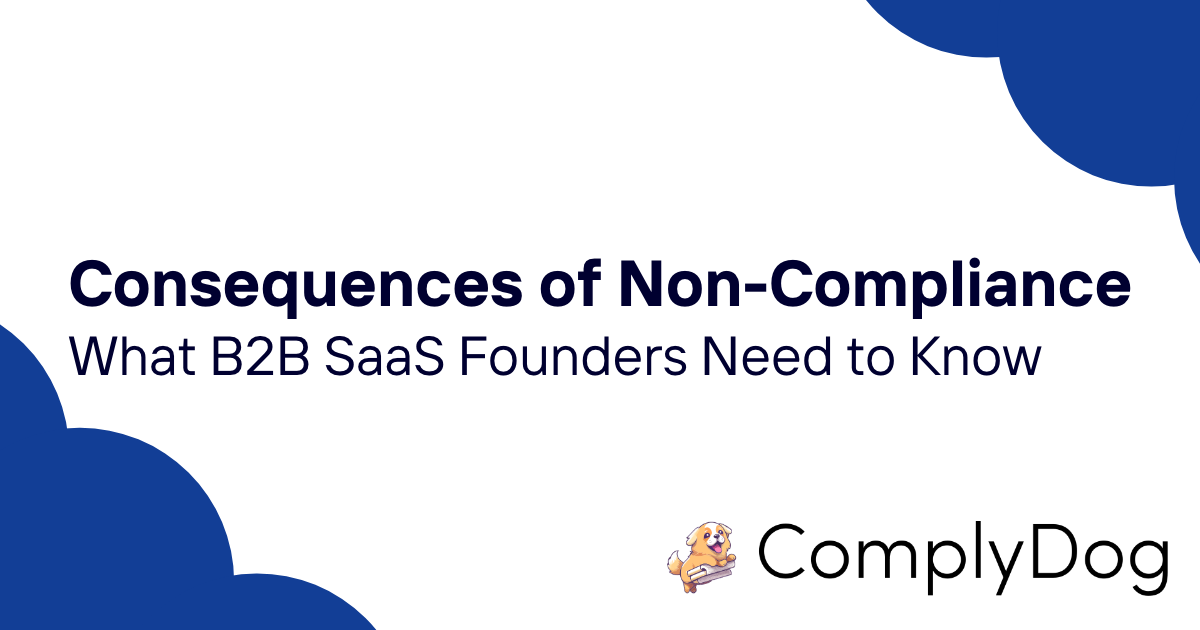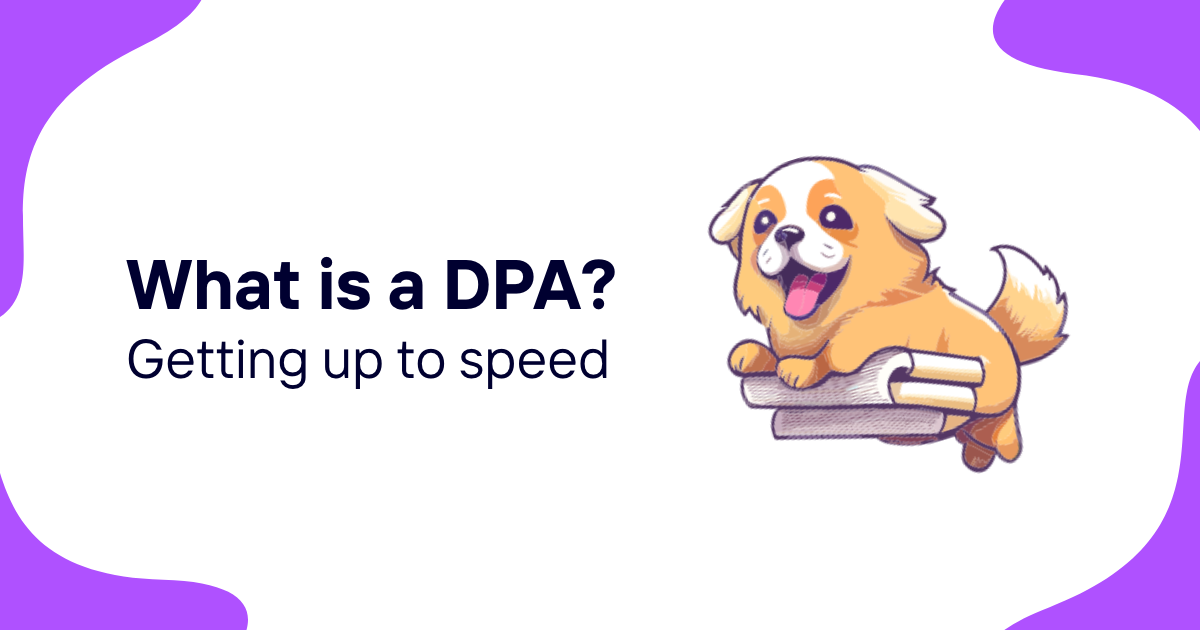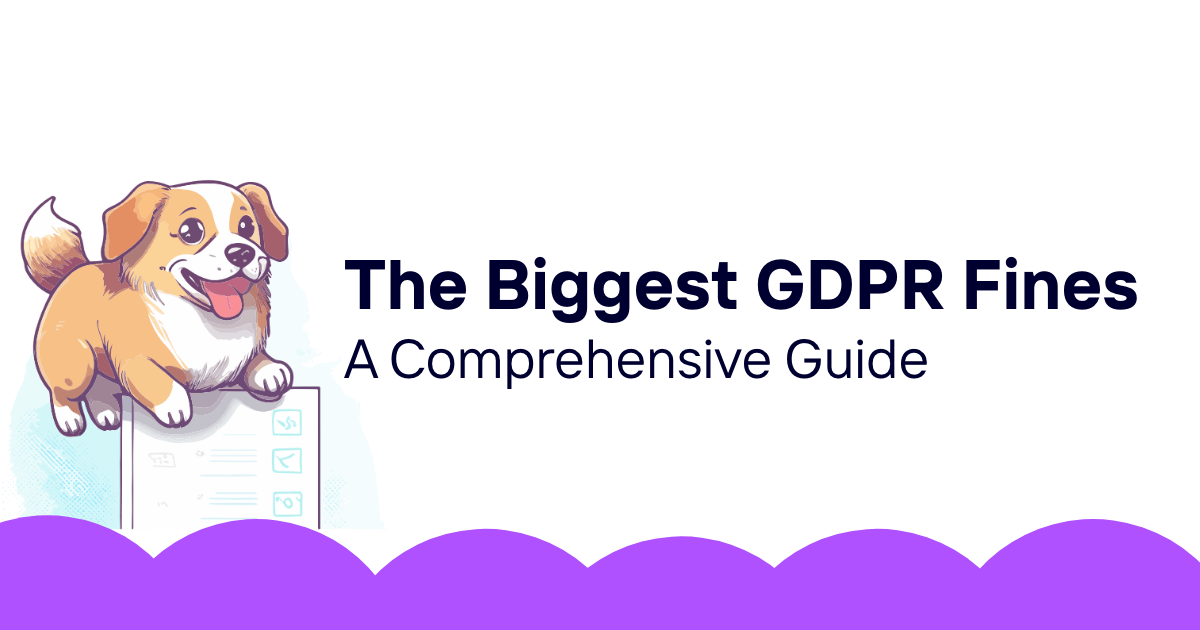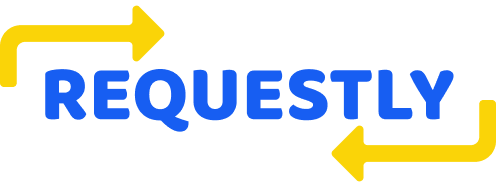Table of Contents
- Introduction
- What is the EU AI Act?
- Key Objectives of the AI Act
- The Risk-Based Approach
- Obligations for High-Risk AI Systems
- Transparency Requirements
- Governance and Enforcement
- General-Purpose AI and Foundation Models
- Timeline for Implementation
- Impact on Businesses
- International Implications
- Preparing for Compliance
- Criticisms and Controversies
- Future Outlook
- Conclusion
Introduction
Artificial intelligence (AI) is rapidly transforming our world, offering unprecedented opportunities for innovation and efficiency across various sectors. However, the increasing prevalence of AI systems also raises significant concerns about their potential risks and impact on fundamental rights, safety, and ethical principles. In response to these challenges, the European Union has introduced the AI Act, a groundbreaking piece of legislation aimed at regulating AI technologies while fostering innovation and establishing Europe as a global leader in trustworthy AI.
This comprehensive guide will delve into the key aspects of the EU AI Act, its implications for businesses and society, and how organizations can prepare for compliance. Whether you're a tech entrepreneur, a policymaker, or simply interested in the future of AI regulation, this article will provide you with a thorough understanding of this landmark legislation.
What is the EU AI Act?
The EU AI Act is the world's first comprehensive legal framework for artificial intelligence. Proposed by the European Commission in April 2021, the Act aims to address the risks associated with AI systems while promoting the development and adoption of trustworthy AI technologies across the European Union.
The regulation takes a risk-based approach, categorizing AI applications based on their potential impact on safety and fundamental rights. It establishes clear rules and obligations for AI developers, deployers, and users, with a focus on high-risk applications that could significantly affect individuals or society at large.
Key Objectives of the AI Act
The EU AI Act has several primary objectives:
- Ensure the safety and protection of fundamental rights when using AI systems
- Strengthen EU leadership in the development of secure, ethical, and innovative AI
- Boost investment and innovation in AI technologies
- Enhance governance and effective enforcement of existing law on fundamental rights and safety requirements
By achieving these objectives, the EU aims to create an ecosystem of trust around AI technologies, fostering their responsible development and deployment while safeguarding European values and principles.
The Risk-Based Approach
One of the core features of the EU AI Act is its risk-based approach to regulation. This approach categorizes AI systems into four risk levels, each with corresponding obligations and restrictions:
Unacceptable Risk
AI systems that pose an unacceptable risk to safety, livelihoods, and rights are prohibited under the AI Act. Examples include:
- Social scoring systems used by governments
- Exploitation of vulnerabilities of specific groups of persons due to their age, physical, or mental disability
- "Real-time" remote biometric identification systems in publicly accessible spaces for law enforcement purposes (with some narrow exceptions)
High Risk
High-risk AI systems are subject to strict obligations before they can be put on the market. These systems include AI used in:
- Critical infrastructure (e.g., transport) that could endanger citizens' lives and health
- Educational or vocational training that may determine access to education or professional opportunities
- Safety components of products (e.g., AI-assisted robot-assisted surgery)
- Employment, worker management, and access to self-employment (e.g., CV-sorting software for recruitment)
- Essential private and public services (e.g., credit scoring systems)
- Law enforcement that may interfere with people's fundamental rights
- Migration, asylum, and border control management
- Administration of justice and democratic processes
Limited Risk
AI systems with specific transparency obligations fall under this category. These include:
- AI systems interacting with humans (e.g., chatbots)
- Emotion recognition systems
- Biometric categorization systems
- AI systems that generate or manipulate image, audio, or video content (e.g., deepfakes)
Minimal or No Risk
The majority of AI systems fall into this category and can be developed and used without additional legal obligations. Examples include:
- AI-enabled video games
- Spam filters
- Inventory management systems
- Manufacturing robots
Obligations for High-Risk AI Systems
High-risk AI systems are subject to strict requirements before they can be placed on the market. These obligations include:
- Risk assessment and mitigation systems
- High-quality datasets to minimize risks and discriminatory outcomes
- Logging of activity to ensure traceability of results
- Detailed documentation providing all necessary information about the system and its purpose
- Clear and adequate information to the user
- Appropriate human oversight measures
- High level of robustness, security, and accuracy
Providers of high-risk AI systems must conduct conformity assessments to ensure compliance with these requirements. They must also implement quality management systems and report serious incidents or malfunctions to the authorities.
Transparency Requirements
The AI Act introduces specific transparency obligations for certain AI systems, even if they are not classified as high-risk. These requirements aim to ensure that humans are aware when they are interacting with or exposed to AI systems. Key transparency measures include:
- Clear disclosure when interacting with AI systems like chatbots
- Notification of emotion recognition or biometric categorization systems
- Labels for AI-generated or manipulated image, audio, or video content
These transparency requirements are crucial for building trust in AI technologies and enabling users to make informed decisions about their interactions with AI systems.
Governance and Enforcement
To ensure effective implementation and enforcement of the AI Act, the regulation establishes a governance structure at both the European and national levels:
-
European Artificial Intelligence Board: This high-level group will facilitate cooperation between national supervisory authorities and the Commission, contributing to the harmonized application of the regulation.
-
European AI Office: Established within the European Commission, the AI Office oversees the AI Act's enforcement and implementation in collaboration with member states. It aims to create an environment where AI technologies respect human dignity, rights, and trust.
-
National Competent Authorities: Each EU member state will designate one or more national authorities responsible for supervising the application and implementation of the AI Act.
-
Market Surveillance Authorities: These bodies will be responsible for monitoring the AI market, investigating compliance with the regulation, and imposing penalties for violations.
The governance framework also includes mechanisms for cooperation between authorities, information sharing, and joint investigations to ensure consistent enforcement across the EU.
General-Purpose AI and Foundation Models
The AI Act recognizes the growing importance of general-purpose AI systems and foundation models, which can be adapted for a wide range of applications. To address the unique challenges posed by these powerful AI models, the regulation introduces specific provisions:
- Transparency obligations for all general-purpose AI models
- Additional risk management obligations for very capable and impactful models
- Requirements for self-assessment and mitigation of systemic risks
- Mandatory reporting of serious incidents
- Conduct of model evaluations and tests
- Implementation of cybersecurity measures
These provisions aim to ensure that the development and deployment of advanced AI models align with the principles of safety, ethics, and transparency outlined in the AI Act.
Timeline for Implementation
The implementation of the EU AI Act will follow a phased approach:
- Entry into force: 20 days after publication in the Official Journal of the European Union
- Full application: 24 months after entry into force, with some exceptions:
- Prohibitions on unacceptable risk AI: Effective after 6 months
- Governance rules and obligations for general-purpose AI models: Applicable after 12 months
- Rules for AI systems embedded in regulated products: Applicable after 36 months
This timeline allows businesses and organizations to prepare for compliance while ensuring that critical aspects of the regulation, such as prohibitions on high-risk systems, are implemented swiftly.
Impact on Businesses
The EU AI Act will have significant implications for businesses developing or deploying AI systems, particularly those operating in high-risk areas. Key impacts include:
- Compliance costs: Companies will need to invest in ensuring their AI systems meet the requirements outlined in the Act.
- Documentation and transparency: Businesses must maintain detailed records and provide clear information about their AI systems.
- Risk management: Organizations will need to implement robust risk assessment and mitigation strategies for high-risk AI applications.
- Market access: Compliance with the AI Act may become a prerequisite for selling AI products or services in the EU market.
- Innovation considerations: Companies may need to adjust their R&D strategies to align with the Act's requirements and principles.
While these impacts may present challenges, they also create opportunities for businesses to differentiate themselves by demonstrating commitment to ethical and trustworthy AI development.
International Implications
The EU AI Act is expected to have far-reaching effects beyond the borders of the European Union:
- Global standard-setting: Similar to the GDPR's impact on data protection regulations worldwide, the AI Act may influence AI governance frameworks in other jurisdictions.
- Market access requirements: Non-EU companies seeking to offer AI products or services in the EU market will need to comply with the Act's provisions.
- International cooperation: The Act may spur increased global dialogue and collaboration on AI governance and ethics.
- Competitive advantage: EU-based companies complying with the Act may gain a competitive edge in markets valuing ethical AI development.
As the first comprehensive AI regulation of its kind, the EU AI Act is likely to shape the global conversation on AI governance and ethics for years to come.
Preparing for Compliance
Organizations can take several steps to prepare for compliance with the EU AI Act:
- Conduct an AI inventory: Identify all AI systems currently in use or development within your organization.
- Assess risk levels: Determine which risk category each AI system falls into under the Act's framework.
- Review and update documentation: Ensure all AI systems have comprehensive documentation, including details on their purpose, capabilities, and limitations.
- Implement risk management processes: Develop robust risk assessment and mitigation strategies for high-risk AI systems.
- Enhance transparency: Review and update user communications to ensure clarity about AI system capabilities and limitations.
- Train staff: Educate employees about the AI Act's requirements and their role in ensuring compliance.
- Monitor developments: Stay informed about updates to the Act and related guidance from regulatory authorities.
- Consider external expertise: Engage legal and technical experts to assist with compliance efforts, particularly for high-risk AI systems.
By taking these proactive steps, organizations can position themselves for successful compliance with the AI Act and demonstrate their commitment to responsible AI development and deployment.
Criticisms and Controversies
While the EU AI Act has been widely praised for its comprehensive approach to AI regulation, it has also faced some criticisms and controversies:
- Innovation concerns: Some argue that the strict requirements for high-risk AI systems may stifle innovation and put EU companies at a competitive disadvantage.
- Definitional challenges: The broad definition of AI in the Act has raised concerns about its scope and potential overreach.
- Enforcement difficulties: Critics question the feasibility of effectively enforcing the regulation, particularly for AI systems developed outside the EU.
- Balancing act: Some stakeholders argue that the Act doesn't strike the right balance between promoting innovation and protecting fundamental rights.
- Regulatory burden: Small and medium-sized enterprises (SMEs) have expressed concerns about the potential compliance burden and associated costs.
These criticisms highlight the complex challenges of regulating a rapidly evolving technology like AI and underscore the importance of ongoing dialogue between policymakers, industry stakeholders, and civil society.
Future Outlook
As the EU AI Act moves towards implementation, several key developments are likely to shape its future impact:
- Refinement of guidelines: Expect detailed guidance and interpretation of the Act's provisions from EU regulatory bodies.
- Technological advancements: The regulation may need to evolve to keep pace with rapid developments in AI technology.
- International harmonization efforts: Increased global cooperation on AI governance may lead to more aligned regulatory approaches across jurisdictions.
- Emergence of best practices: As organizations implement the Act's requirements, industry-specific best practices for compliance are likely to emerge.
- Impact assessment: The European Commission will likely conduct regular reviews of the Act's effectiveness and impact on innovation and fundamental rights.
These developments will play a crucial role in determining the long-term success and influence of the EU AI Act on the global AI landscape.
Conclusion
The EU AI Act represents a landmark effort to create a comprehensive regulatory framework for artificial intelligence. By adopting a risk-based approach and establishing clear rules for high-risk AI systems, the Act aims to foster trust in AI technologies while promoting innovation and protecting fundamental rights.
As the first major regulation of its kind, the EU AI Act is poised to have a significant impact on the development and deployment of AI systems both within the European Union and globally. While compliance may present challenges for some organizations, it also offers opportunities to demonstrate leadership in ethical AI development and gain a competitive advantage in an increasingly AI-driven world.
As the implementation of the AI Act progresses, ongoing collaboration between policymakers, industry stakeholders, and civil society will be crucial to ensure that the regulation achieves its objectives of promoting trustworthy AI while supporting innovation and economic growth. By staying informed and taking proactive steps towards compliance, organizations can position themselves for success in the evolving landscape of AI regulation.
